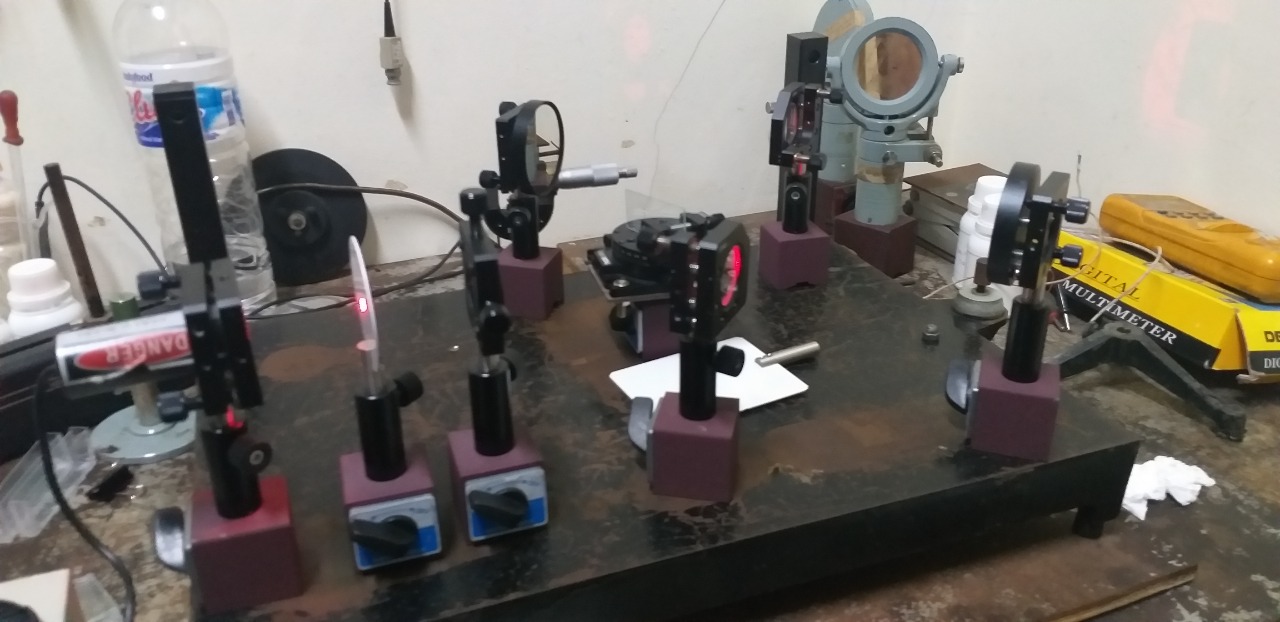Herri Trilaksana, S.Si., M.Si., Ph.D, Physics lecturer of
Universitas Airlangga (UNAIR) is working on an innovative way to utilize Mach-Zehnder Interferometer through which the levels of heavy metals in water can be determined.
Mach-Zehnder Interferometer is one of the practical tools in the Physics Laboratory of Faculty of Science and Technology, UNAIR. This tool is often used for lab work in the field of optics to determine the variation of the relative phase shift by separating light from a source.
“To provide innovation to students on how to make something new from existing teaching or educational equipment, into something that increases their capacity. That is making educational scale equipment suitable for research scale equipment,“ Dr Herri Trilaksana said.
The research that has been running since mid-2019 is divided into two different stages. First, it is based on the construction of an instrument system that uses an Arduino microcontroller device to command Mach Zehnder interferometer equipment.
“This stage has been completed and has been tested for synthetic samples at the laboratory level,” explained the Head of Physics Department.
Lendy Pradhana Hartono, one of the students taking part in the research, said that the interferometer which divides the light beams (laser, ed) from one source was directed to something to be measured. The two beams of light were put back together and made to undergo a change in path and it was found that the superposition between the two beams was different.
“In this study, one of the beams was passed to the liquid which we stained with cadmium. When a concentration of cadmium exists
, its superposition changes. The result of the superposition forms a round fringe or image that will change or flash. The changes in the fringe are analyzed, ” said the Physics student.
The mathematical results, the refractive index results, gained from the fringe blinks. The refractive index will determine whether the sample is really pure water or has impurities in it. The second stage is in the application section for environmental sample analysis.
The test was carried out ten times with a concentration of 0.5-5 ppm (parts per million, ed
) where each concentration was tested 5 times.
For research management, Heri explained, "At the moment, laboratories outside the physics department have not been involved because it’s still focused on electronic instrumentation."
Furthermore, there will be collaborations with several chemical laboratories to test the reliability of the results. So far for this study, a collaboration has been done with Prof. Kenneth Grattan in City, the University of London in England.
Herri hopes that with the Arduino-based mach zehnder interferometer equipment, inexpensive sample measurements can be done compared to existing methods with better or higher accuracy than existing ones.
“The second hope is that we will be able to modify some of the equipment in the photonics lab which was originally only at the learning level to become suitable equipment for use in research,” concluded the lecturer who focuses on optics.
